Honda Pioneer vs. Yamaha Wolverine: A Friendly Deep-Dive

Introduction
Ever found yourself torn between two equally tempting UTVs—wondering, “Which one’s really right for me?” You’re not alone. Whether you’re hauling gear on the farm, carving trails with friends, or just cruising the back 40, the Honda Pioneer and Yamaha Wolverine each promise a unique mix of work-ready chops and weekend thrills.
We'll walk you through the guts of both machines, from engines and transmissions to suspension, cargo capacity, and price. Along the way, we'll drop in some personal tips and analogies and even admit when I’m guessing—because, let’s be real, nobody knows your riding style better than you. Ready? Let’s roll.
Quick Tour of Each Rig
Honda Pioneer Series
Picture the Pioneer as that reliable pickup truck friend—you know, the one that never quits even when you load it to the brim. Honda offers two sweet spots here: the nimble Pioneer 700 and the more burly Pioneer 1000. Both share clever features like fold-up rear jump seats (so you can go from hauling lumber to tagging along with the kids in seconds) and a six-speed dual-clutch transmission with paddle shifters that feels like playing a video game when you swing through the woods.
If you want to kit yours out, you can swing by StarKnightMT to browse our Honda Pioneer 700 accessories or dive into the Pioneer 1000 collection—think heavy-duty bumpers, lockable storage boxes, and more. It’s like dressing your rig for a weekend at a rock concert and a day’s work on the ranch all in one.
Yamaha Wolverine Lineup
Now, meet the Wolverine—the sportbike of side-by-sides. Starting with the compact X2 1000 and stretching up to the four-seater RMAX, Yamaha mixes a torquey 999 cc DOHC twin with a smooth CVT (that’s Continuously Variable Transmission) and On-Command® 4WD. Imagine riding a motorcycle that’s been plopped into a roll-cage chassis—sleek, responsive, and tuned for corner-carving glory.
For accessories, StarKnightMT’s Yamaha Wolverine collection has you covered—everything from LED light bars to under-dash storage nets. Think of it as giving your Wolverine the superhero costume it’s begging for.
How They Move: Performance Face-Off
Engines & Transmissions
- Pioneer’s Dual-Clutch Drama
The Pioneer’s DCT is like having two clutches sharing the load—odd gears on one, even on the other—so shifts are snappy, almost magic. On open trails, it shines, but at crawl speeds, you might feel a little hunt for the right gear. It’s like riding a roller coaster built for speed but forced to idle in traffic.
- Wolverine’s CVT Cruise
Yamaha’s Ultramatic CVT is more like a smooth continuum—no gears to hunt for, just seamless acceleration. You lose the tactile “click” of a paddle shift, but you also avoid any shift shock. The result? You can focus on the trail, not your foot on the shifter.
Torque & Towing
Both machines brag a 2,500 lb towing rating, which is plenty to drag a trailer full of hay or haul a broken-down four-wheeler out of the mud. I’d give a slight edge to the Wolverine for low-end grunt (that CVT never stumbles), but if you love the feel of a true gear-to-gear pull, the Pioneer’s DCT gives you that tug-of-war vibe.
User Vibe
You: “I like to feel like I’m driving.”
Choose Pioneer, with its paddle shifters and clutched engagement.
You: “I just want to point and go.”
Choose Wolverine, and let the CVT handle the rest.
Tackling Rough Stuff: Off-Road Capabilities
Suspension & Travel
- Honda Pioneer 1000-5 Trail
Fox QS3 shocks up front (10.6 inches of travel) and out back (10 inches) hold their own on choppy two-track, but when someone tosses in a set of whoops, you might feel the rig twitch—like riding a skateboard on gravel.
- Yamaha Wolverine X2 XT-R
With 10 inches in front and 11 inches in the rear, plus those same Fox QS3s on the XT-R, the Wolverine soaks up ruts like a sponge. It’s got a wider stance too, so you lean into berms without feeling like you’re teetering at the edge.
Ground Clearance & Design
Both boast about 12 inches of clearance, so you won’t be high-centering on most logs or rocks. Honda keeps the seats up high with a full-length cage—great visibility, but loading a tall cooler can feel like threading a needle under the bar. Yamaha’s sleeker roofline helps you spot obstacles sooner, and the pre-wired dash makes adding lights or winches a breeze.
Traction Systems
- Honda i-4WD
Automatically feeds torque to the wheel that needs it—no diff locker to crank, no need to stop. It’s like having a smart assistant quietly doing the heavy lifting.
- Yamaha On-Command®
You pick 2WD, 4WD, or Turf mode yourself. It’s a bit more old‑school, which is nice if you like to stay in control. And Turf mode? Perfect for working around sensitive lawns without carving ruts.

Cost Breakdown: What You’ll Pay
Honda Pioneer Series
It starts around $13K for base models and climbs to just under $21.5K for the tricked-out 1000-5 Trail. You’re essentially choosing between wallet-friendly utility and the full-feature package.
Yamaha Wolverine X2/RMAX
The X2 1000 XT‑R kicks off at about $20K, with R‑Spec trims around $18K. If you step up to the four-seater RMAX4 with all the bells and whistles, you’re flirting with the mid-$20Ks.
Think of Honda as the practical pickup you park in the driveway; Yamaha’s the sports car you keep polished in the garage. Both get the job done, but your budget and your heart will settle the score.
Pros & Cons at a Glance
Honda Pioneer Series
Pros:
○ Crisp paddle-shift engagement—you almost feel like a rally driver.
○ Fold-up rear seats transform bed or passenger space in seconds.
○ Turf mode makes you the neighborhood hero, not the jerk who ruts everyone’s lawn.
Cons:
○ DCT can hunt gears at crawl speeds—like fishing for the right note on a guitar.
○ A full-length roll cage limits tall cargo unless you modify it.
○ Suspension can be firm on sketchy whoop sections.
Yamaha Wolverine Series
Pros:
○ Seamless CVT acceleration; point-and-shoot simplicity
○ Wider track and longer travel for confidence in corners and ruts
○ Dash pre-wiring and under-seat storage are the friends you never knew you needed.
Cons:
○ You miss the tactile feedback of a gear shift—no “click” to tell you you rocked it.
○ Slightly higher starting MSRP—premium comes at a price.
○ Turf mode is manual—meaning an extra flick of the switch.
Tips & Parting Thoughts
1. Tailor Your Suspension: Don’t just leave QS3 settings on default. I like #1 for cruiser comfort, but I bump to #2 or #3 when I want to lean into corners. It’s like choosing between a soft sofa and a firm workout bench.
2. Accessorize Early: Before you hit the trail, stock up on bed racks, cargo nets, and lighting at StarKnightMT. It’s way cheaper (and less hassle) than retrofitting later.
3. Mind the Turf: Use turf mode on both machines when you’re near lawns—your neighbors (and future you) will thank you.
4. Practice Makes Perfect: Spend a morning testing drive modes on private land—automatic, manual, and turf—and get a feel for each rig’s personality before committing.
At the end of the day, both the Pioneer and the Wolverine are rock-solid machines. It really comes down to whether you want the hands-on feel of a dual-clutch “sport-ute” or the seamless power delivery of a CVT-driven trail beast. You’ve got the rundown—now it’s time to pick your partner in adventure.
FAQs
Q1: Which one to tow more: Pioneer or Wolverine?
A1: Both claim 2,500 lb. towing, but the Wolverine’s CVT makes low-speed pulls feel smoother. If you’re dragging heavy gear regularly, that seamless torque might be your friend.
Q2: Can I swap tires between them?
A2: Technically, yes—you’re looking at 27–28 in. tires on 14 in. wheels. Just double-check widths; the Wolverine often rocks square 28s, whereas the Pioneer sticks to 27s.
Q3: How often do I service the Pioneer’s DCT?
A3: Plan on servicing it with your routine oil change—about every 500 miles or 12 months. Use Honda’s recommended DCT fluid, and you’ll keep those shifts crisp.
Q4: Are lift kits worth it?
A4: If you’re chasing more clearance, sure—but remember they tweak your suspension geometry. Go with brand-approved kits and tweak the shock valving accordingly.
Q5: Which holds value better?
A5: Pioneers tend to hold strong with utility buyers, whereas Wolverines fetch top dollar among trail-riding enthusiasts. Local demand and conditions will be the final word.
Have fun out there—just remember to buckle up, respect the land, and don’t forget to deck out your ride at StarknightMT before you go!

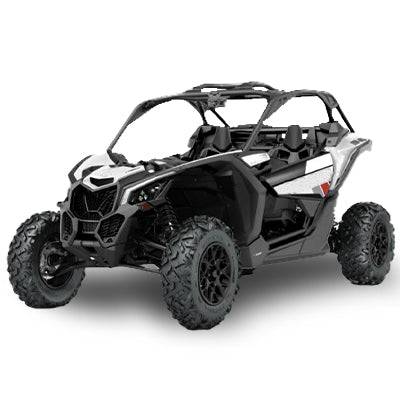
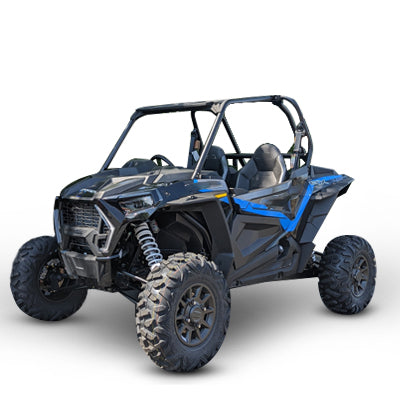
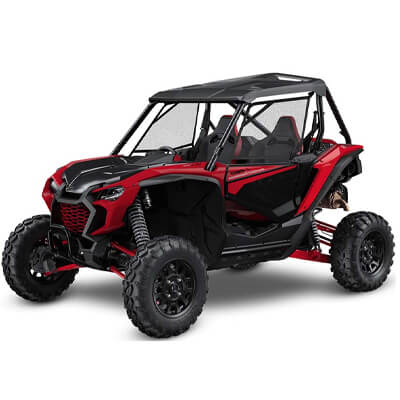
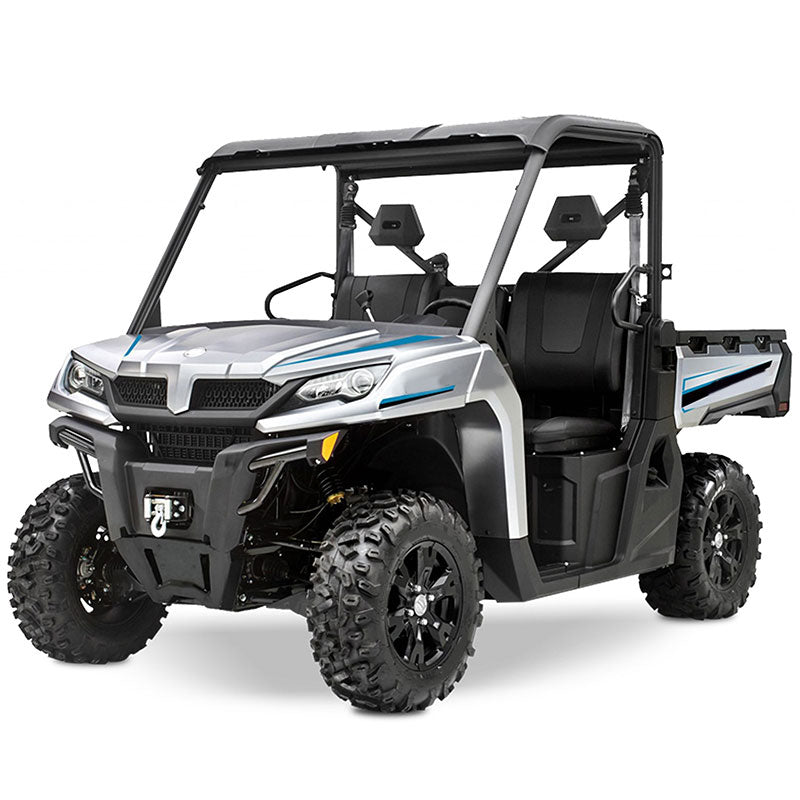
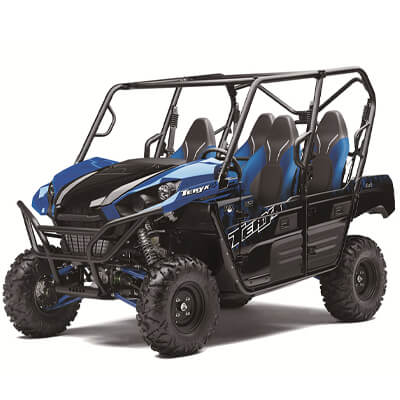
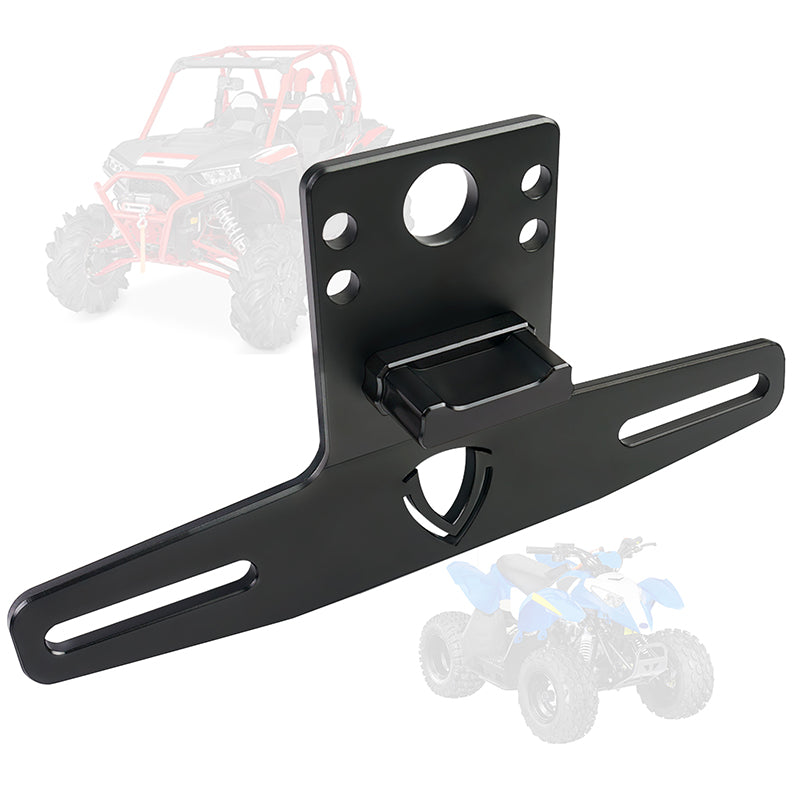
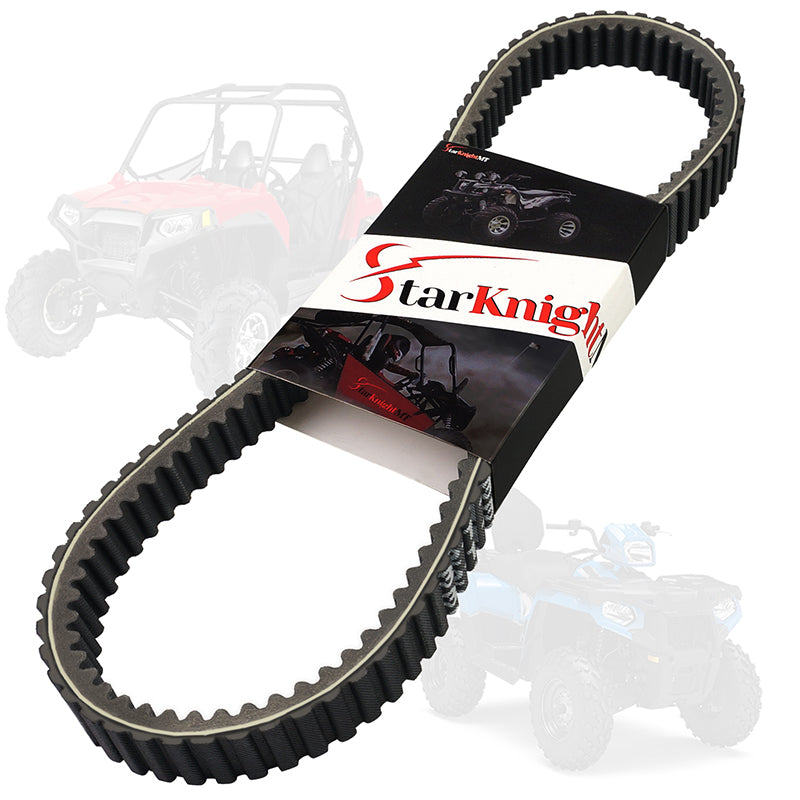



Leave a comment